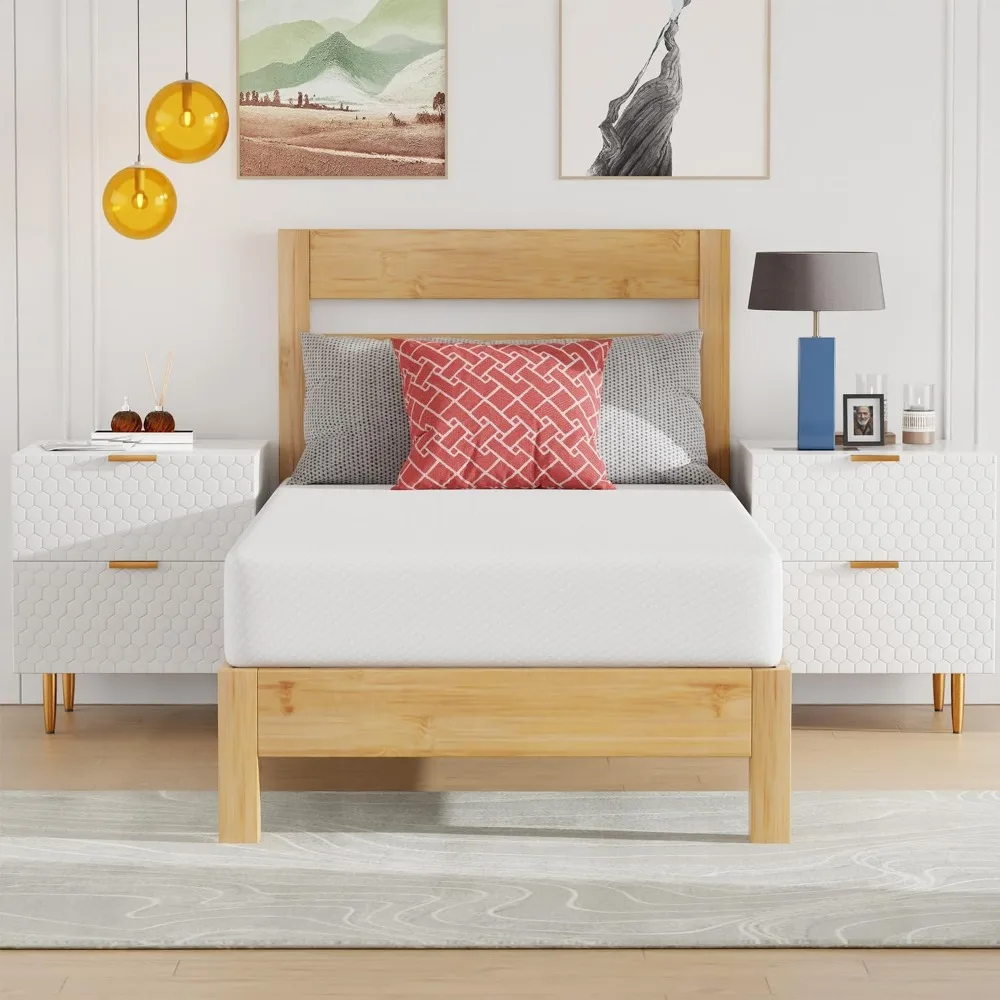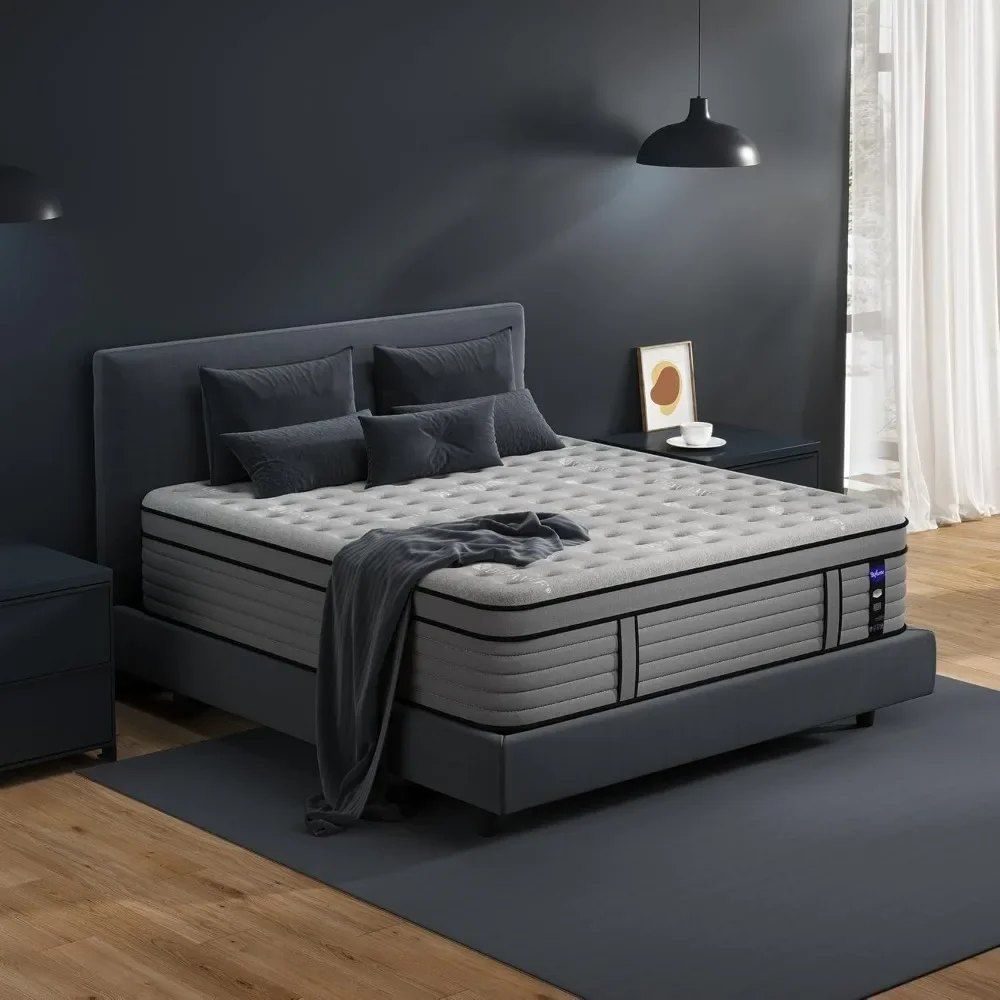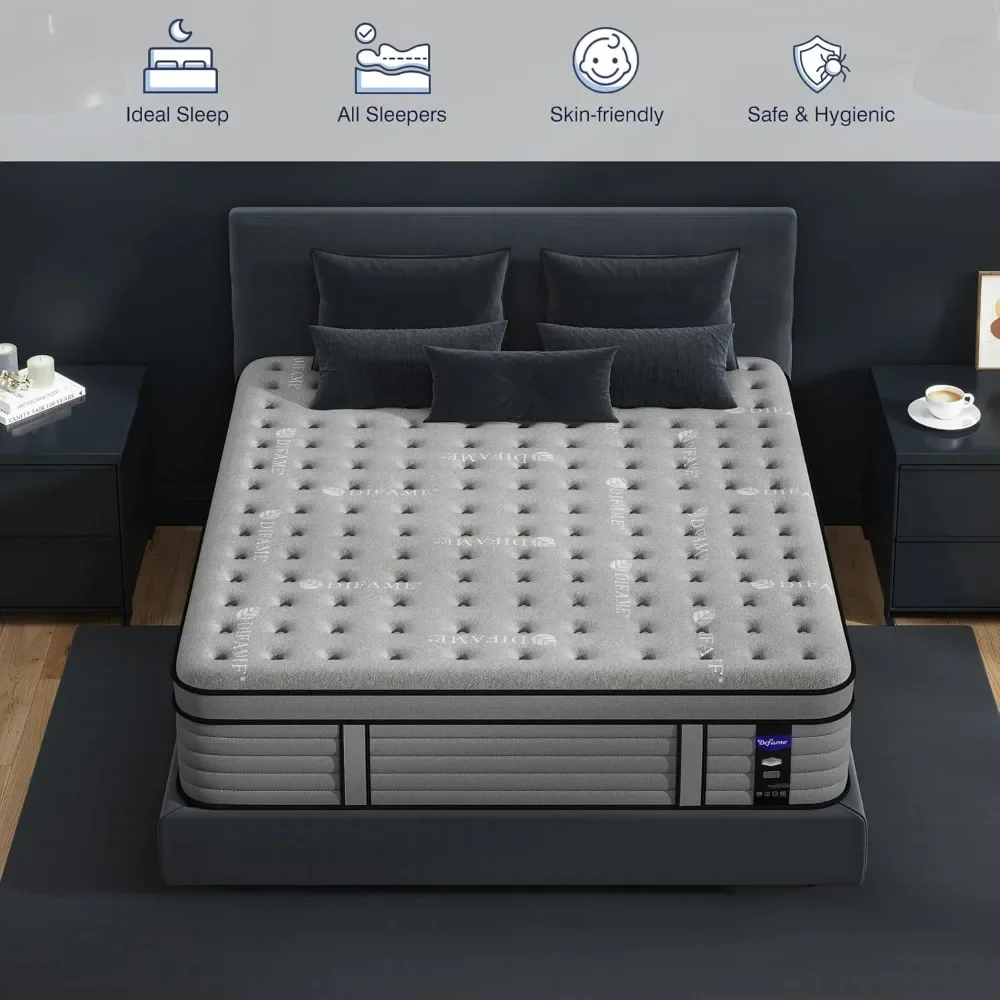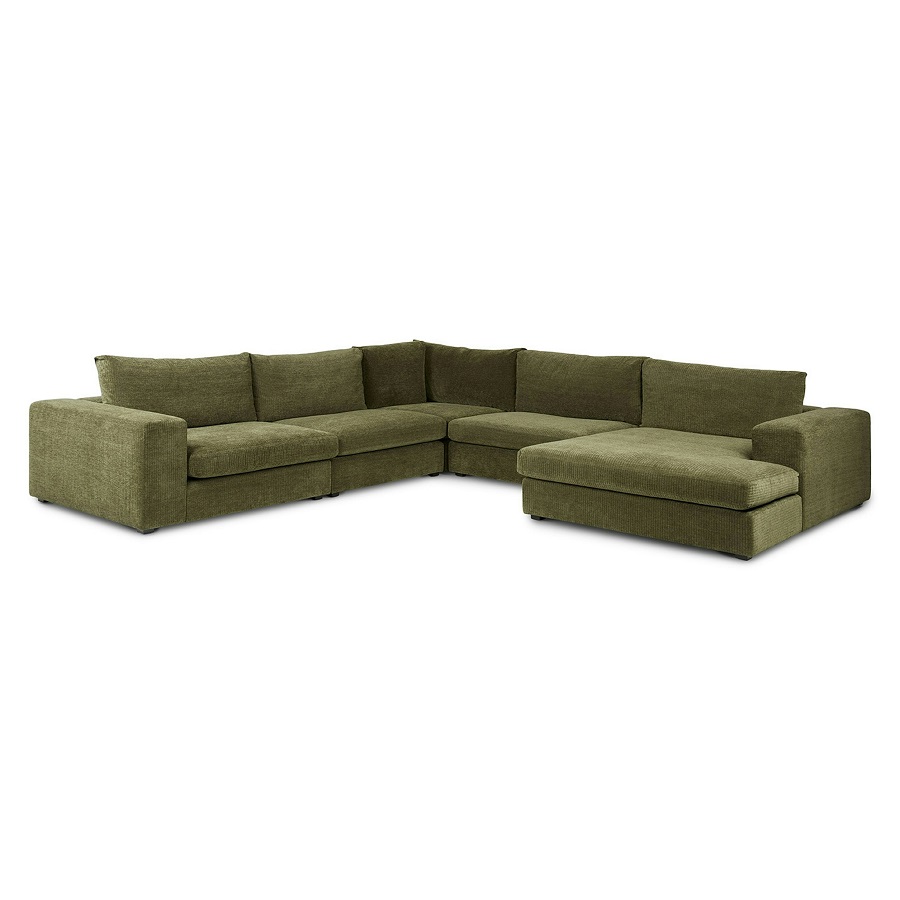Understanding Different Mattress Types
When selecting a mattress, understanding the variety available is crucial. Mattress types range from innerspring to foam and hybrid options, each with unique benefits and drawbacks. Your choice will impact your comfort and spinal health.
Pros and Cons of Firm Mattresses
Pros:
- Support: Firm mattresses offer excellent support for the spine, preventing sagging and ensuring proper alignment.
- Durability: They often last longer without losing shape.
- Suitability: Ideal for back and stomach sleepers, they provide a stable sleeping surface.
Cons:
- Comfort: Initially, a firm mattress may feel uncomfortable until your body adjusts.
- Not for all: May exacerbate pain for those with certain back conditions, such as scoliosis.
- Pressure Points: Can create uncomfortable pressure points for side sleepers.
Pros and Cons of Soft Mattresses
Pros:
- Comfort: Soft mattresses contour to the body, providing a plush, cloud-like feel.
- Side sleepers: They cradle hips and shoulders, aligning the spine nicely for side sleepers.
- Pain relief: Beneficial for those with specific back ailments and lighter individuals.
Cons:
- Support: May lack adequate support, leading to back problems for some sleepers.
- Durability: Tend to wear out faster, with softness increasing over time.
- Uneven Surface: Can cause sleep disturbances for couples due to unequal sinking depths.
Impact of Material on Mattress Firmness
Materials play a significant role in the firmness and feel of a mattress. Here’s how some common materials influence firmness:
- Memory Foam: Adapts to your body shape but can vary from soft to firm depending on density.
- Latex: Known for its resilience and support, latex provides a balance of comfort and firmness.
- Innerspring: Typically firmer due to the coiled spring system, offering consistent support.
- Hybrid: Combines foam and innerspring qualities, with firmness depending on the composition.

The Importance of Spinal Alignment in Sleep
Maintaining a healthy spine is key to restful sleep. A well-aligned spine reduces stress on your body.
How a Mattress Affects Your Spine
Your mattress supports your spine’s natural curves. A bad fit can lead to discomfort and pain.
The Role of Mattress Firmness in Preventing Back Pain
The right firmness keeps your spine aligned. It distributes weight evenly and minimizes pressure points.
Selecting the Ideal Mattress Firmness for Your Body Type
Selecting the right mattress firmness is key to a good night’s rest. It’s not one size fits all. Your body type plays a major role in determining the ideal firmness level for you.
Considerations for Heavier Individuals
For those who are heavier, a firmer mattress may be the better choice. A firm support system helps to evenly distribute weight. It also prevents the sinking feeling, which can lead to back pain. If you are a heavier individual, look for firm mattresses that offer stability without being too hard.
Recommendations for Side and Combination Sleepers
If you are a side or combination sleeper, medium-firm to soft mattresses might suit you best. These beds provide cushioning for the shoulders and hips, which is crucial when sleeping on your side. They also adapt to different sleeping positions easily, making them ideal for those who change positions throughout the night. Remember, a mattress isn’t just for comfort. It’s a necessity for proper spinal alignment and preventing back issues.
Mattress Selection Tips for Specific Back Conditions
When selecting a mattress for specific back conditions, the right choice can provide remarkable relief and support for restful nights. It’s essential to consider how a mattress’s firmness and materials can cater to or alleviate your particular back ailment.
The Best Mattresses for Sciatica Sufferers
For those battling sciatica, a medium-firm to firm mattress often works best, keeping the spine well-aligned and reducing pressure on the sciatic nerve. Features to look for include:
- Adequate support to prevent the spine from sinking into the mattress, which can aggravate sciatic pain.
- A responsive surface that allows for easy movement, reducing the strain when changing positions.
- Materials that provide both firmness for support and a slight cushioning effect for comfort, like high-density foam or a hybrid design.
Sciatica sufferers should avoid mattresses that are too soft or that contour deeply, as these can cause misalignment and increase pain.

Mattress Considerations for Individuals with Herniated Discs
Choosing the correct mattress for herniated disc problems is about balancing support with pressure relief. A mattress that’s too firm may push against the spine, but one that’s too soft may not offer enough support. Consider options such as:
- Memory foam or latex mattresses that cushion the affected area without compromising on support.
- Adjustable beds that allow you to modify the angle of your sleep position, potentially reducing disc pressure.
- A firmness level that matches your body weight, keeping the spine neutral to promote healing.
For those with herniated discs, it might be wise to see out mattresses that come with a risk-free trial period to ensure the firmness and support are just right before making a long-term commitment.
How Sleep Position Influences Mattress Choice
Sleeping positions are critical when choosing the right mattress. Your sleeping posture can affect spinal alignment and overall comfort during the night. Understanding this can guide you to the mattress that supports your body correctly.
Ideal Mattresses for Back and Stomach Sleepers
Back and stomach sleepers generally benefit from firmer mattresses. Such mattresses offer the resistance necessary to support the spine’s natural alignment. Firmer surfaces prevent the hips and midsection from sinking too deeply, which is crucial for correct spinal posture.
- Back Sleepers: Need a mattress that supports the lumbar area while not allowing the spine to arch excessively.
- Stomach Sleepers: Require a surface that keeps the body flat, to avoid putting strain on the back.
For these sleepers, medium to firmly constructed mattresses are often the best bet. Look for beds with solid support cores and adequate cushioning layers that don’t compromise overall firmness.
Matching Mattress Firmness to Your Sleep Style
Tailor your mattress choice to your unique sleep style. This ensures comfort and can help mitigate back strain.
- Active Sleepers: Those who move around a lot might prefer a mattress with a balance of support and softness.
- Still Sleepers: If you tend to stay put, a consistent firmness level across the mattress is vital.
- Mixed Sleep Style: Combination sleepers should opt for a medium-firm option, as it provides a good compromise for various positions.
Considering your sleep style alongside mattress firmness can lead to a better sleep experience and fewer mornings with back discomfort.
In-Home Mattress Trials and Their Importance
In the quest for better sleep and spine health, you can’t overlook the value of in-home mattress trials. Trying out a mattress in your own home gives you a true sense of comfort and support. Stores and showrooms often give you mere minutes to decide, but an in-home trial allows extended testing in your normal sleep environment. You’ll notice things you can’t in a store – like how the mattress feels after a full night’s sleep or how it supports you when you’re reading in bed. Many reputable brands understand this and offer generous trial periods, so make use of them to ensure you make the right investment for your back.
Evaluating Mattress Comfort and Support at Home
Evaluating a mattress at home involves checking several things. See how it supports your spine when you lie in your usual sleep position. Notice if there are any pressure points that cause discomfort. Pay attention to how easily you can change positions and how well the mattress absorbs movement, especially if you share the bed. You should wake feeling refreshed, not sore or tired. A firm mattresses can feel very different after consistent use than it does in the showroom, making this evaluation at home crucial for your decision.
The Benefits of Long-Term Mattress Testing
Long-term testing can reveal how a mattress performs night after night. It can take time for your body to adjust to a new mattress, and some materials may soften a bit after consistent use. Long trial periods allow you to experience this and see if the mattress still meets your needs for spinal support and comfort. They also give you peace of mind; knowing you can return the mattress if it doesn’t help your back is reassuring. In the search for the best mattress for spine health, take advantage of these trials to find a bed that’s truly right for you.

Firmness Adjustment Over Time and Durability
Choosing the right mattress also involves considering its longevity and how it will adapt over time. Even the best mattress will change in feel and firmness after prolonged use.
The Lifespan of a Mattress and Firmness Retention
Mattresses typically have a lifespan ranging from 7 to 10 years. Over this period, the materials may start to compress and lose their initial firmness. This gradual change can affect the support your mattress provides to your back over time. It’s important to rotate your firm mattresses regularly to evenly distribute wear and possibly extend its useful life.
When to Consider a Mattress Topper for Additional Comfort
If your mattress is beginning to lose its firmness but is still structurally sound, a mattress topper could be a cost-effective solution. A topper can enhance comfort, add support, and adjust the firmness to better meet your preferences. It’s a practical step to take before deciding to purchase a new mattress, especially if you are experiencing minor discomfort or changes in support requirements due to back issues.










